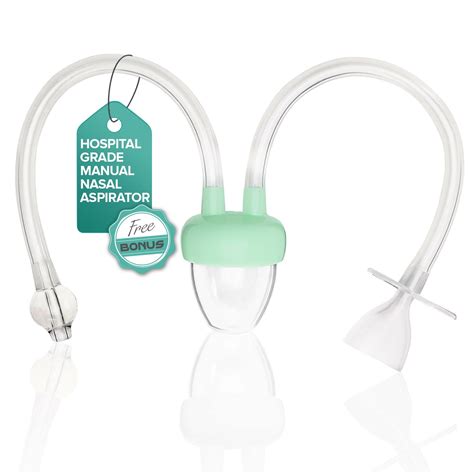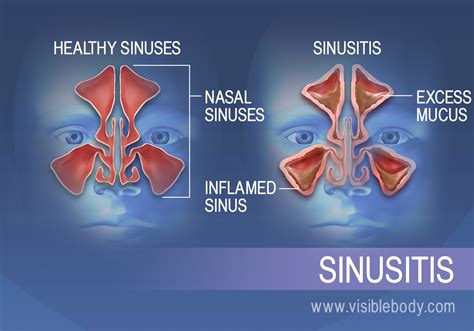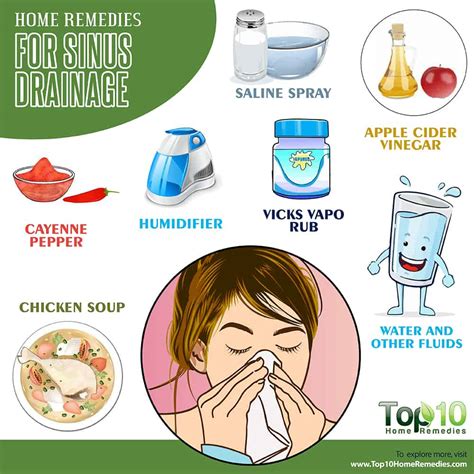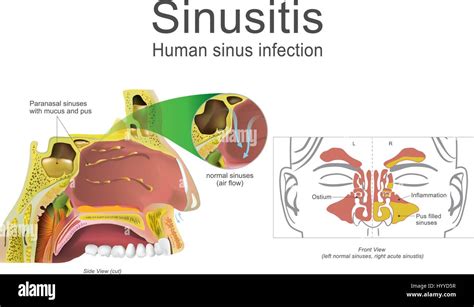Intro
Discover the causes and treatments of Nasal Mucus Plug, including nasal congestion, sinus pressure, and respiratory issues, and learn how to remove and prevent mucus buildup for easier breathing.
The human body is a complex and fascinating system, with many processes working together to maintain overall health. One of the most important, yet often underappreciated, systems is the respiratory system. The respiratory system is responsible for bringing oxygen into the body and removing carbon dioxide, and it is aided by the production of mucus. Mucus is a thick, protective fluid that helps to trap dust, bacteria, and other foreign particles that enter the body through the nose and mouth. However, when this mucus becomes excessive or thick, it can form a nasal mucus plug, causing discomfort and difficulty breathing.
Nasal mucus plugs are a common problem that can affect anyone, regardless of age or health status. They can be caused by a variety of factors, including colds, allergies, sinus infections, and environmental irritants. When the nasal passages become inflamed or irritated, the body produces more mucus to help protect and heal the area. However, if the mucus becomes too thick or excessive, it can accumulate in the nasal passages and form a plug. This can lead to symptoms such as congestion, stuffiness, and difficulty breathing, making it essential to understand the causes and treatment options for nasal mucus plugs.
The importance of addressing nasal mucus plugs cannot be overstated. Not only can they cause significant discomfort and disrupt daily life, but they can also lead to more serious health problems if left untreated. For example, a nasal mucus plug can increase the risk of sinus infections, ear infections, and other respiratory problems. Furthermore, excessive mucus production can be a sign of an underlying condition, such as a deviated septum or nasal polyps, which require medical attention. Therefore, it is crucial to seek medical help if symptoms persist or worsen over time.
Nasal Mucus Plug Causes and Risk Factors

Nasal mucus plugs can be caused by a variety of factors, including viral or bacterial infections, allergies, and environmental irritants. Some of the most common causes of nasal mucus plugs include:
- Colds and flu: These viral infections can cause the nasal passages to become inflamed and produce excess mucus.
- Allergies: Allergies to dust, pollen, or other substances can trigger the production of excess mucus and lead to nasal congestion.
- Sinus infections: Bacterial or viral infections of the sinuses can cause the nasal passages to become inflamed and produce excess mucus.
- Environmental irritants: Exposure to pollutants, tobacco smoke, or other environmental irritants can cause the nasal passages to become inflamed and produce excess mucus.
- Anatomical issues: A deviated septum or nasal polyps can increase the risk of developing a nasal mucus plug.
Understanding the Role of Mucus in the Respiratory System
Mucus plays a crucial role in the respiratory system, helping to trap dust, bacteria, and other foreign particles that enter the body through the nose and mouth. The production of mucus is a natural process that helps to protect the body from infection and disease. However, when the mucus becomes excessive or thick, it can cause problems. It is essential to understand the role of mucus in the respiratory system and how it can become imbalanced, leading to the formation of a nasal mucus plug.Symptoms of a Nasal Mucus Plug

The symptoms of a nasal mucus plug can vary depending on the severity of the condition and the individual affected. Some common symptoms include:
- Nasal congestion and stuffiness
- Difficulty breathing through the nose
- Excessive mucus production
- Yellow or green discharge from the nose
- Bad breath
- Sore throat
- Coughing or wheezing
Treatment Options for Nasal Mucus Plugs
Treatment for nasal mucus plugs depends on the underlying cause and severity of the condition. Some common treatment options include: * Nasal decongestants: These medications can help to reduce swelling in the nasal passages and relieve congestion. * Antihistamines: These medications can help to reduce the production of excess mucus and relieve allergy symptoms. * Antibiotics: These medications can help to treat bacterial infections that may be contributing to the formation of a nasal mucus plug. * Saline nasal sprays: These sprays can help to moisturize the nasal passages and loosen excess mucus. * Nasal strips: These strips can help to open up the nasal passages and improve breathing.Home Remedies for Nasal Mucus Plugs

In addition to medical treatment, there are several home remedies that can help to relieve the symptoms of a nasal mucus plug. Some of these remedies include:
- Using a humidifier to add moisture to the air and loosen excess mucus
- Drinking plenty of fluids to help thin out mucus and promote drainage
- Using a neti pot to rinse the nasal passages and remove excess mucus
- Applying a warm compress to the face to help loosen mucus and reduce congestion
- Elevating the head while sleeping to help reduce congestion and promote drainage
Prevention and Maintenance
Preventing nasal mucus plugs requires a combination of good hygiene, a healthy lifestyle, and avoidance of environmental irritants. Some tips for prevention include: * Washing hands regularly to prevent the spread of infection * Avoiding close contact with people who have colds or other respiratory infections * Getting plenty of rest and practicing good stress management techniques * Avoiding exposure to environmental irritants such as tobacco smoke and pollutants * Staying hydrated and eating a healthy diet to help boost the immune systemNasal Mucus Plug Complications and Risks

If left untreated, nasal mucus plugs can lead to several complications and risks, including:
- Sinus infections: Excess mucus can become infected with bacteria, leading to sinus infections.
- Ear infections: Excess mucus can drain into the Eustachian tube and cause ear infections.
- Respiratory problems: Excess mucus can increase the risk of respiratory problems such as bronchitis and pneumonia.
- Nasal polyps: Excess mucus can increase the risk of developing nasal polyps, which are growths that can block the nasal passages.
Seeking Medical Help
If symptoms of a nasal mucus plug persist or worsen over time, it is essential to seek medical help. A healthcare professional can diagnose the underlying cause of the condition and provide treatment to help relieve symptoms and prevent complications. Some signs that it is time to seek medical help include: * Severe nasal congestion that lasts for more than a week * Yellow or green discharge from the nose * Fever or chills * Bad breath that persists despite good oral hygiene * Sore throat or coughingWhat is a nasal mucus plug?
+A nasal mucus plug is a blockage of the nasal passages caused by excess mucus production.
What are the symptoms of a nasal mucus plug?
+The symptoms of a nasal mucus plug include nasal congestion, difficulty breathing, excessive mucus production, and bad breath.
How is a nasal mucus plug treated?
+Treatment for a nasal mucus plug depends on the underlying cause and severity of the condition, but may include nasal decongestants, antihistamines, antibiotics, and saline nasal sprays.
Can a nasal mucus plug be prevented?
+Yes, a nasal mucus plug can be prevented by practicing good hygiene, avoiding environmental irritants, and staying hydrated.
What are the complications of a nasal mucus plug?
+The complications of a nasal mucus plug include sinus infections, ear infections, respiratory problems, and nasal polyps.
In conclusion, a nasal mucus plug is a common condition that can cause significant discomfort and disrupt daily life. Understanding the causes, symptoms, and treatment options for nasal mucus plugs is essential for maintaining good respiratory health. By practicing good hygiene, avoiding environmental irritants, and seeking medical help when necessary, individuals can reduce their risk of developing a nasal mucus plug and prevent complications. If you have experienced a nasal mucus plug, we invite you to share your story and tips for managing symptoms in the comments below. Additionally, if you found this article helpful, please consider sharing it with others who may be experiencing similar issues.
